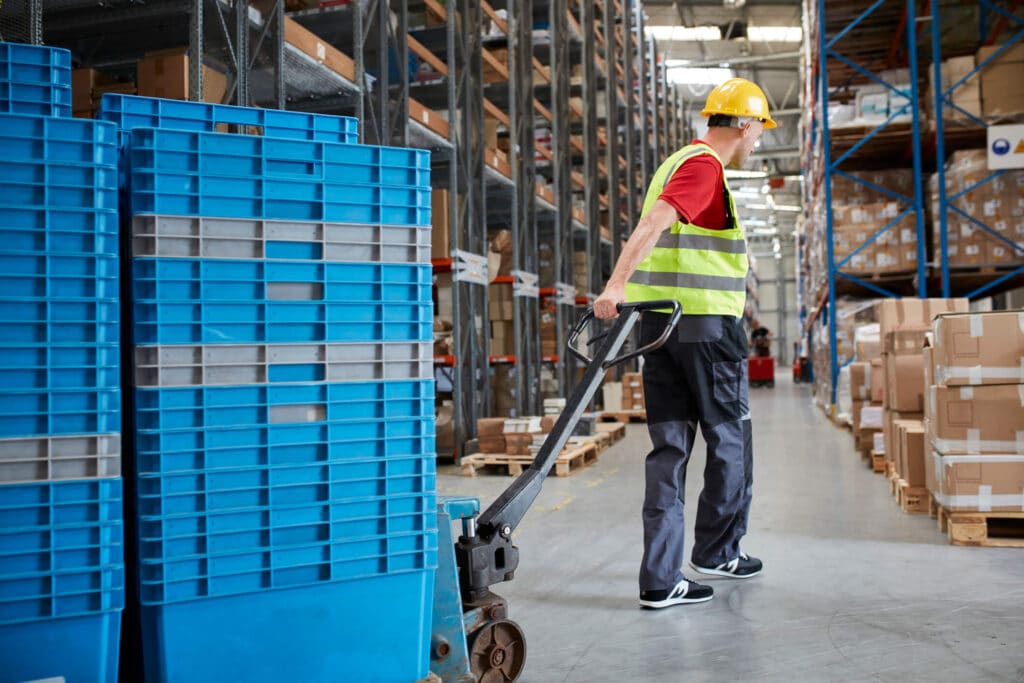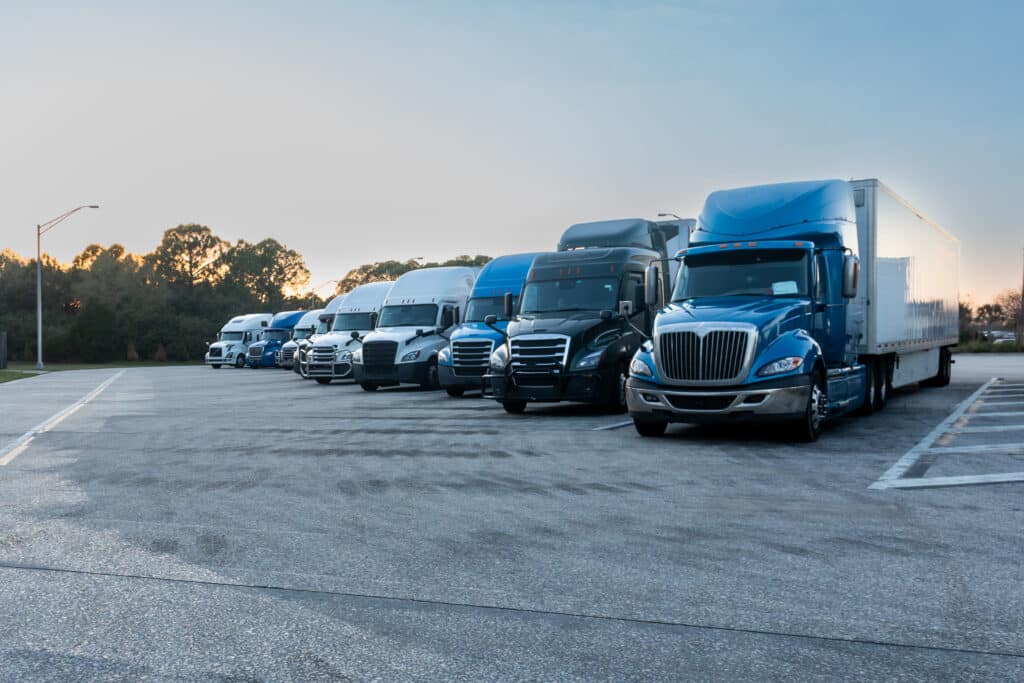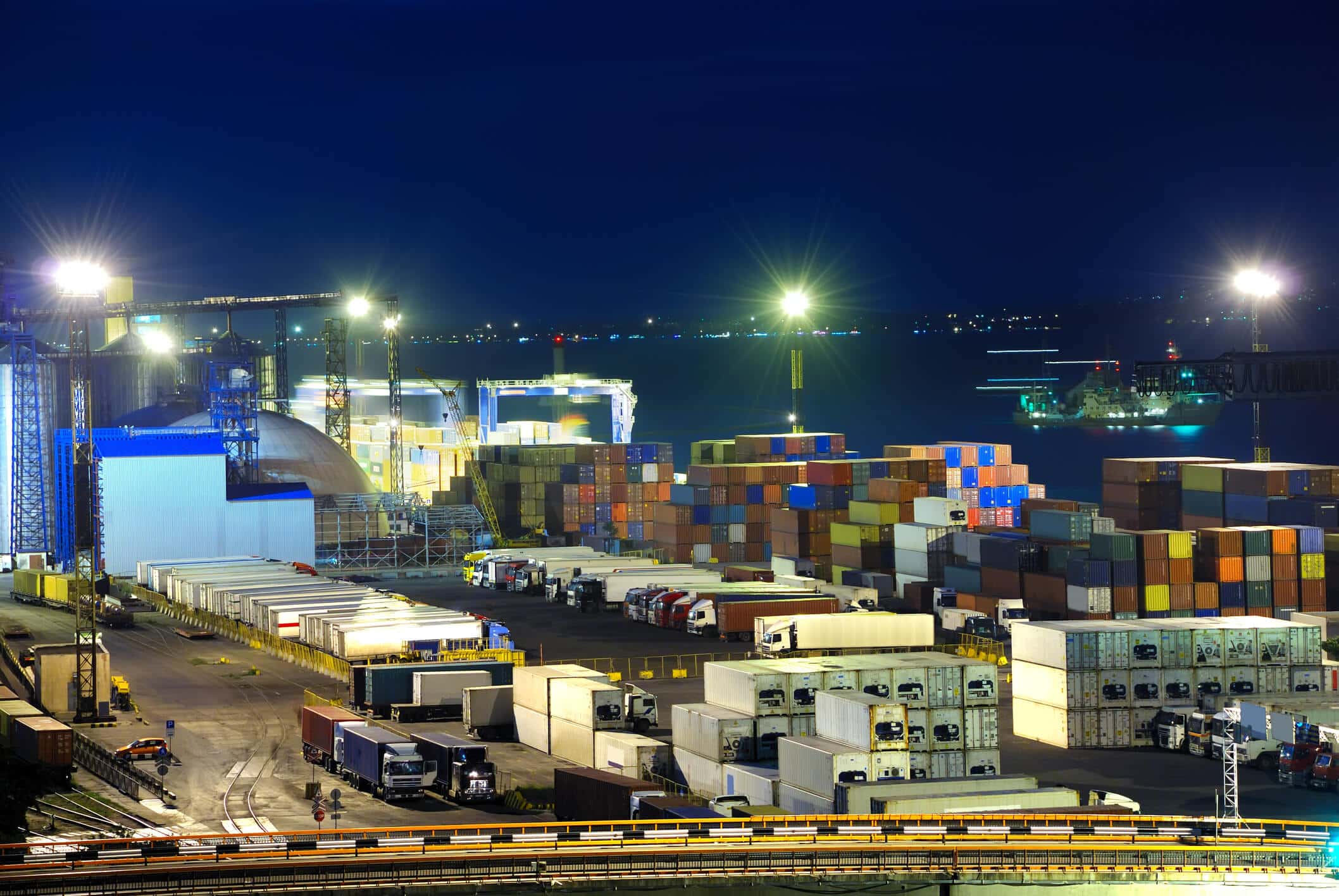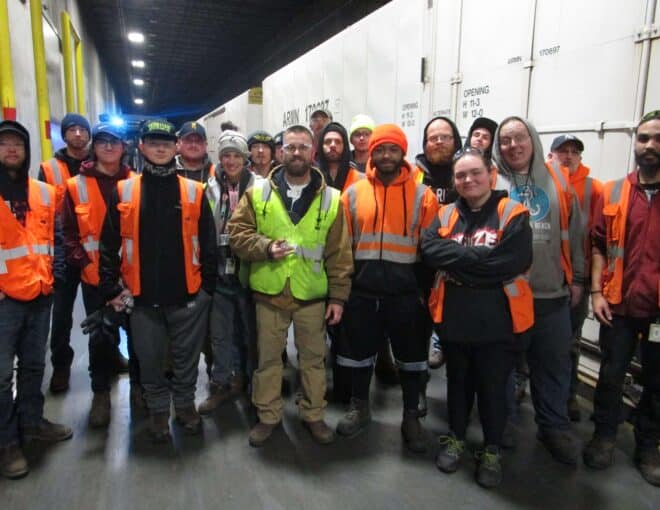
Labor: The Most Persistent Global Supply Chain Threat
By: Forbes
Despite advances in AI and automation, labor remains the most pressing and persistent risk to supply chains both here and abroad. From warehouse floor to transportation networks, companies are struggling to fill roles, retain skilled workers, and scale effectively. While automation is progressing, it’s not advancing fast enough to offset the growing gap in qualified labor.
Automation alone is not enough; it must be paired with a strong workforce strategy, integrating people and platforms in a way that builds long-term resilience. In order to meet the challenges of the moment, companies need a balanced approach, one that views people and technology as complementary, not competing. Rather than simply automating roles, forward-thinking leaders are turning to workforce augmentation. This includes smarter scheduling, performance incentives, better use of real-time data, and investing in workforce satisfaction. The companies best positioned to weather labor instability are those that treat their workforce as a strategic asset.
At the end of the day, human labor still powers the supply chain. In warehouses, transportation networks, and fulfillment operations, the ability to attract, train, and retain labor is a key differentiator. Even in tech-forward environments, labor shortages can stall production, increase costs, and limit growth potential — especially when companies underestimate the importance of human capital.
CAPSTONE TAKEAWAY
Labor isn’t just a line item for us; it’s the engine. Our associates are the backbone of everything we do. The companies that win long-term won’t be the ones who try to simply replace labor with automation, but those who augment their workforce through better tools, smarter workflows, and stronger partnerships. That’s what Capstone does best. Our incentive-driven workforce model and proprietary tech platform create a high-performance culture that scales with your business, solving labor challenges without compromising operations. Because resilience starts with people
Striking the Right Balance in E-Commerce Logistics
By: Supply Chain Management Review
E-commerce logistics is entering a new era where balancing speed and profitability is critical to success. As consumer expectations for faster delivery persist, retailers and logistics providers are reevaluating fulfillment strategies to balance performance and cost. Leading organizations are adopting data-driven decision-making, diversifying carrier partnerships, investing in local fulfillment hubs, and leveraging predictive analytics to better match inventory to demand. Their focus is shifting from simply delivering faster to delivering smarter.
One solution businesses are turning to is regionalization of inventory, with micro-fulfillment centers gaining traction to shorten the last mile and reduce shipping costs. Another is prioritizing agility in delivery models: companies must be able to flex operations quickly as demand patterns change.
CAPSTONE TAKEAWAY
E-commerce is no longer a race to the fastest delivery; it’s a race to the smartest. Today’s winners are those who can provide speed and cost-efficiency without compromising service; in a market that rewards speed, precision is your edge. At Capstone, we’ve built flexible last-mile and fulfillment solutions that help businesses scale and adapt quickly — whether through zone skipping, dynamic routing, or regional micro-fulfillment.
Our technology provides real-time visibility from pickup through final delivery, helping partners optimize the last mile while staying customer-centric. With Capstone, you’re not choosing between speed and cost: you’re gaining control over both.


Fleets, Insurers on High Alert as Cargo Theft Rises
By: Transport Topics
Cargo theft is on the rise, and it’s becoming more sophisticated. Organized crime groups are targeting freight through tactics like GPS spoofing, false pickups, and fraudulent carrier impersonation. The result? Millions of dollars in stolen goods, higher insurance premiums, and increased scrutiny from risk management teams. Fleets and shippers alike are under pressure to modernize their security protocols and ensure end-to-end visibility across every shipment.
As insurers tighten coverage requirements, logistics providers must prioritize preventive strategies, such as vetting carriers more thoroughly, improving data visibility, and leveraging tech tools that flag inconsistencies before loads go missing. Shippers are advised to partner with logistics providers who have robust vetting processes, advanced technology, and strong operational controls.
CAPSTONE TAKEAWAY
Cargo theft is a growing threat; but with the right systems and partners, it’s one you can manage. At Capstone, we protect freight integrity through real-time tracking, secure carrier vetting, and end-to-end visibility. We embed security into every layer of freight management, and our data-driven approach ensures every load moves safely, compliantly, and with full accountability. And because we know reputations are on the line, we stay vigilant so our partners don’t have to. In today’s risk environment, visibility is your best defense — and we deliver it.







